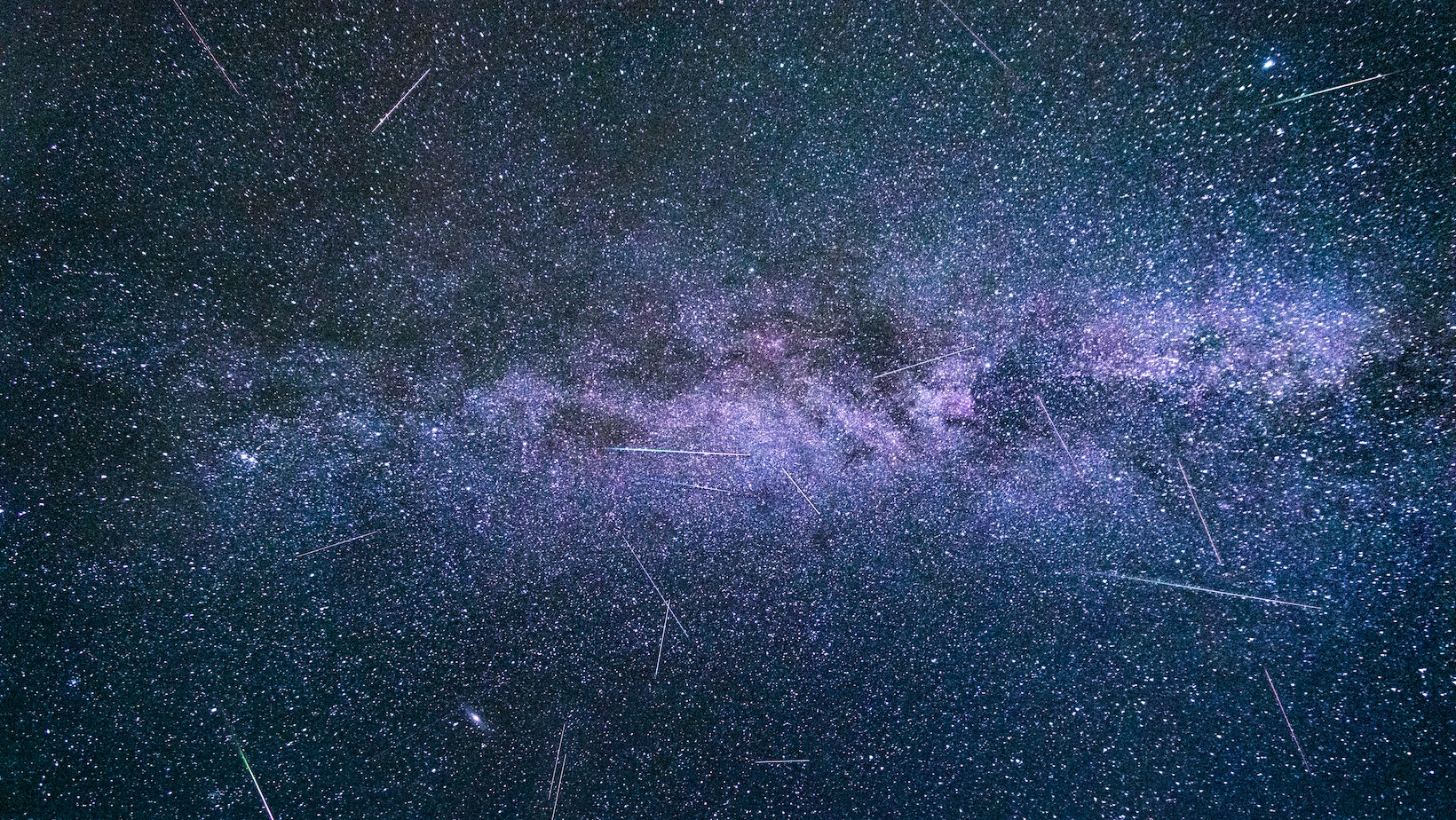Table of Contents
ToggleIs Space a Perfect Vacuum
Is space a perfect vacuum? It’s a question that has puzzled scientists and astronomers for centuries. When we think of space, we often imagine it as an empty void, devoid of any matter or particles. But is this really the case?
In reality, space is not a perfect vacuum. While it may be incredibly vast and seemingly empty, there are still trace amounts of gas and dust particles scattered throughout the universe. These particles are so sparse that they don’t interfere with most astronomical observations or space missions, but they do exist.
The concept of a perfect vacuum refers to an area completely devoid of matter and energy. In theory, such a vacuum would have no particles or radiation present whatsoever. However, in practice, achieving a true perfect vacuum is nearly impossible due to various factors like cosmic background radiation and quantum fluctuations.
So while space may not be a perfect vacuum in the strictest sense, it is still remarkably close to one. Its near-vacuum environment allows us to study distant galaxies and explore the wonders of the universe without significant interference from external forces.

What is a Vacuum in Space?
When we think of a vacuum, the first thing that often comes to mind is our trusty household cleaning tool. But in the context of space, a vacuum refers to something entirely different. It’s not just about sucking up dirt and debris; it’s about the absence of matter.
In space, a vacuum is an area devoid of air or any other form of matter. It’s essentially empty space where there are no particles present. This lack of particles means that sound cannot travel through space as it does on Earth, where sound waves rely on vibrating particles for transmission.
So, how does this relate to the concept of a perfect vacuum? Well, in theory, a perfect vacuum would be completely devoid of any kind of matter or energy – no particles, no radiation, nothing at all. However, achieving such a state is practically impossible.
Even though outer space is often referred to as a “vacuum,” it’s not technically perfect. While it may be incredibly close to being empty compared to Earth’s atmosphere, there are still some extremely sparse traces of gas and dust present. These minuscule amounts can have significant implications for various astronomical phenomena.
Scientists measure the density within these regions using units called torr or pascal (Pa). For comparison, atmospheric pressure at sea level on Earth is around 1013 Pa (760 torr), while interstellar space has an average density ranging from 1 atom per cubic centimeter (0 Pa) to 100 atoms per cubic meter (10^-17 Pa).
Final Thoughts
Understanding the nature and properties of vacuums in space is crucial for scientific research and exploration beyond our planet. It allows us to study phenomena such as cosmic rays and evaluate spacecraft design requirements for maintaining life-supporting conditions inside crewed vehicles.
While outer space can be considered an incredibly close approximation to a perfect vacuum due to its low particle density compared to Earth’s atmosphere, it is not entirely devoid of matter. The concept of a perfect vacuum remains more theoretical than achievable in reality. Nonetheless, the study of space vacuums continues to expand our knowledge and understanding of the universe around us.

